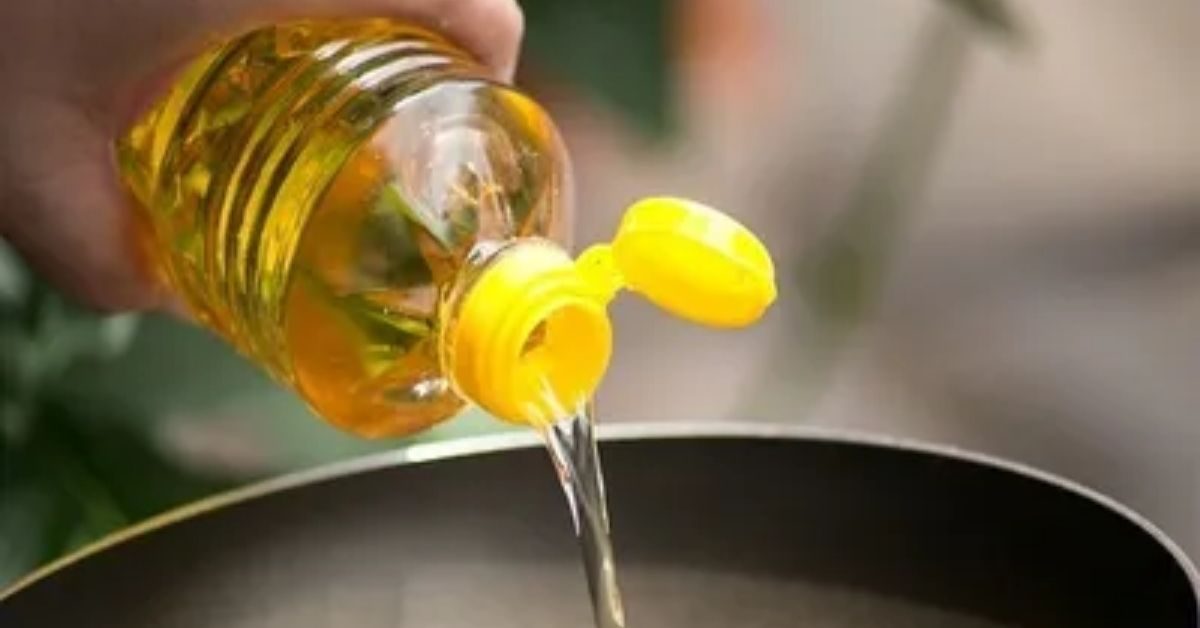For the second time within a month, the Centre cut the import duty on edible oils — mainly palm group of oils, soyabean oil and sunflower oil — as part of its plans to control surging cooking oil prices and inflation. It is also a precautionary measure since kharif oilseeds acreage has been affected, while standing crops have been hit by vagaries of the weather.
The duty cut came into effect from Saturday and will end on September 30, said a notification issued by the Finance Ministry. As per this, Customs duty, along with additional infrastructure and development Cess, will be a uniform 24.75 per cent for all crude edible oils. For refined oils, the duty will be 35.75 per cent.
Gain for consumers
For consumers, the duty reduction will bring down prices of crude palm oil by ₹4,180 per tonne, prices of crude degummed soyabean oil by ₹4,990 and RBD palmolein by ₹4,330 per tonne. The Centre came up with the second import duty cut as prices of all edible oils continue to rule high at over ₹125 a kg. The rates are high by 21-54 per cent compared with the year-ago period.
Edible oil prices are ruling higher as palm oil production has been affected in Malaysia and Indonesia due to Covid, while soyabean and sunflower oil prices increased on supply worries from Brazil, the US and Black Sea. Globally, prices have begun to descend over the past few days.
Kharif prospects
For the Centre, inflation has been another cause for concern. Retail inflation cooled to 5.59 per cent in July, though.
The Centre also seems to be worried over the kharif oilseeds prospects. According to the latest data from the Ministry of Agriculture, the area under oilseeds is lower by 3.15 lakh hectares (lh) at 192.56 lh this year compared with the year-ago period. The area under groundnut is lower by over 2 lh, while soyabean coverage is a tad up. However, the Soyabean Processors Association of India has reported that at least 8 lh of the kharif season’s major oilseed crop area has been damaged due to rains, while 13 per cent of the planted area of 121.67 lh has been affected.
Lower arrival of rapeseed/mustard, the rabi season’s main crop, has also led to the firm trend in edible oil prices. The Solvent Extractors Association of India data show a mixed trend in edible oil prices with CPO, rapeseed/mustard and groundnut oils rising and the rest declining.
In addition to all these measures, the Centre has also asked the States to direct retailers to prominently display the prices of all edible oil brands for the benefit of consumers and to also take action against hoarding at the level of wholesalers, millers and refiners. Union Food Secretary Sudhansu Pandey said a stock limit has also been imposed on traders. He has also hinted at the possibility of a cap on prices of edible oils.
The duty cuts already made amount to an estimated ₹3,500 crore in a full year. With the latest reduced import duty worth ₹1,100 crore in full year, total direct value of benefits expected to be passed on to the consumers, in terms of duties given up by Government, is ₹4,600 crore, a statement issued by the Government said.
Source: Business Line







